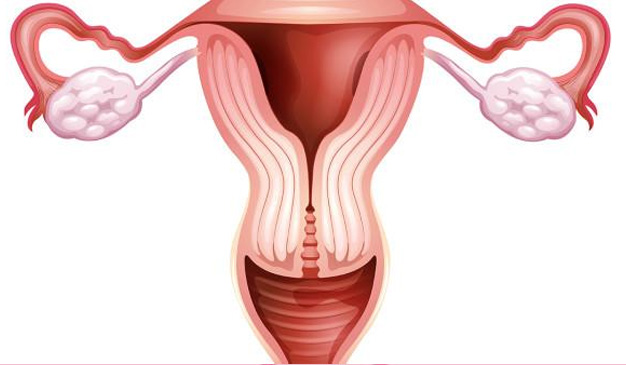
April 05, 2024
First, ovarian cancer is one of the deadliest cancers in the female reproductive system. Ovarian cancer is generally not easy to detect early, so it is often in the middle and late stages by the time of diagnosis. This makes ovarian cancer more difficult to treat, resulting in a relatively high mortality rate. According to the World Health Organization, the 5-year survival rate of ovarian cancer is only about 45%.

One of the leading causes of death from ovarian cancer is its insidious nature. The symptoms of early-stage ovarian cancer are subtle and can easily be overlooked or confused with other common diseases. Common symptoms include bloating, abdominal pain, indigestion, etc. These symptoms may also occur with other non-cancer related problems. In addition, the lack of effective screening methods also makes early detection difficult, making ovarian cancer more likely to be discovered at a later stage.
Secondly, cervical cancer also has a higher mortality rate among female cancers. Especially in some developing countries, cervical cancer remains one of the most common cancers. The high incidence of cervical cancer mortality is partly attributed to lack of awareness and popularization of the disease, and delays in diagnosis and treatment. According to the International Agency for Research on Cancer, approximately 300,000 women die from cervical cancer every year, the vast majority of which occur in developing countries.
Another important cause of cervical cancer mortality is the lack of standardized screening and prevention measures. Vaccination can prevent human papillomavirus (HPV) infection, the most common cause of cervical cancer, however, adequate vaccine universalization and vaccination programs are still lacking in many places. In addition, early detection and treatment are crucial for women infected with HPV, but the lack of universal screening methods and facilities keeps the mortality rate from cervical cancer high.
Although ovarian cancer and cervical cancer have relatively high mortality rates, the future outlook remains optimistic as medical technology advances and people's awareness of cancer increases. By strengthening public health education, promoting early screening and universal vaccination, we can help reduce mortality from ovarian and cervical cancer. In addition, scientists and medical staff are constantly working hard to explore more effective treatments and drugs to provide patients with better treatment options.
In conclusion, ovarian and cervical cancers are common fatal cancers in women. Early detection and treatment are key to reducing mortality. Through public health education, universal vaccination and the development of more effective treatments, we can hopefully reduce mortality from ovarian and cervical cancer and protect women's health.